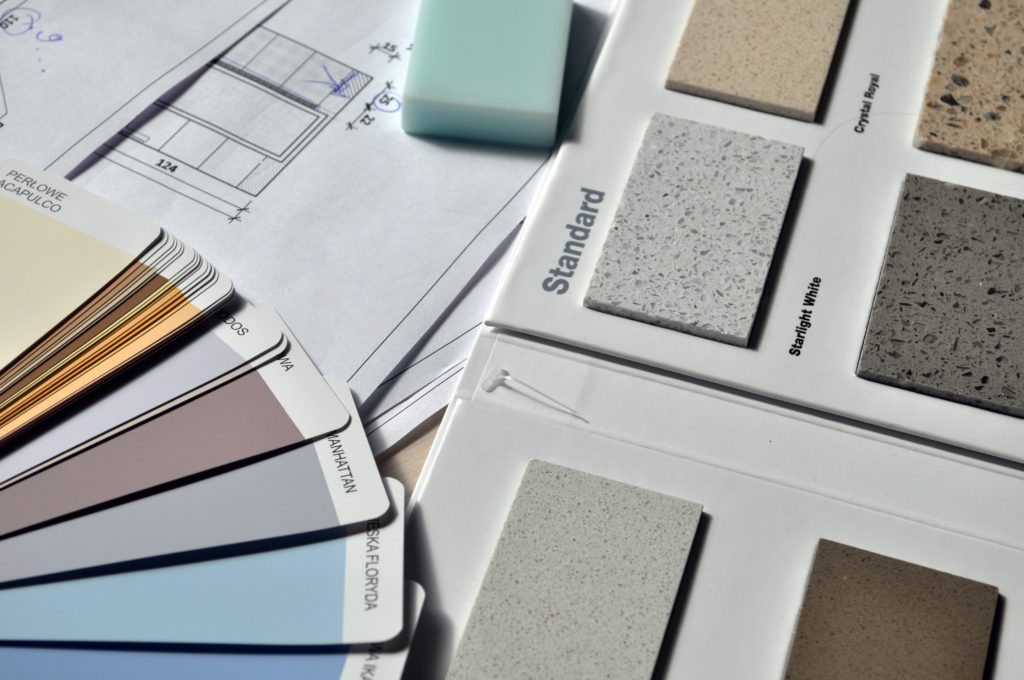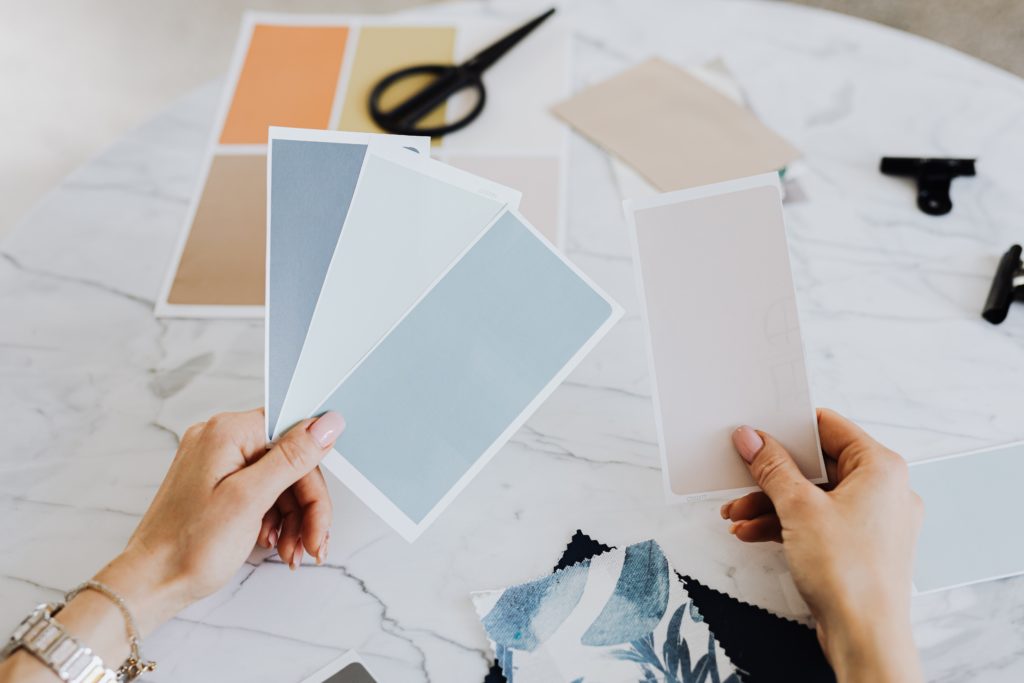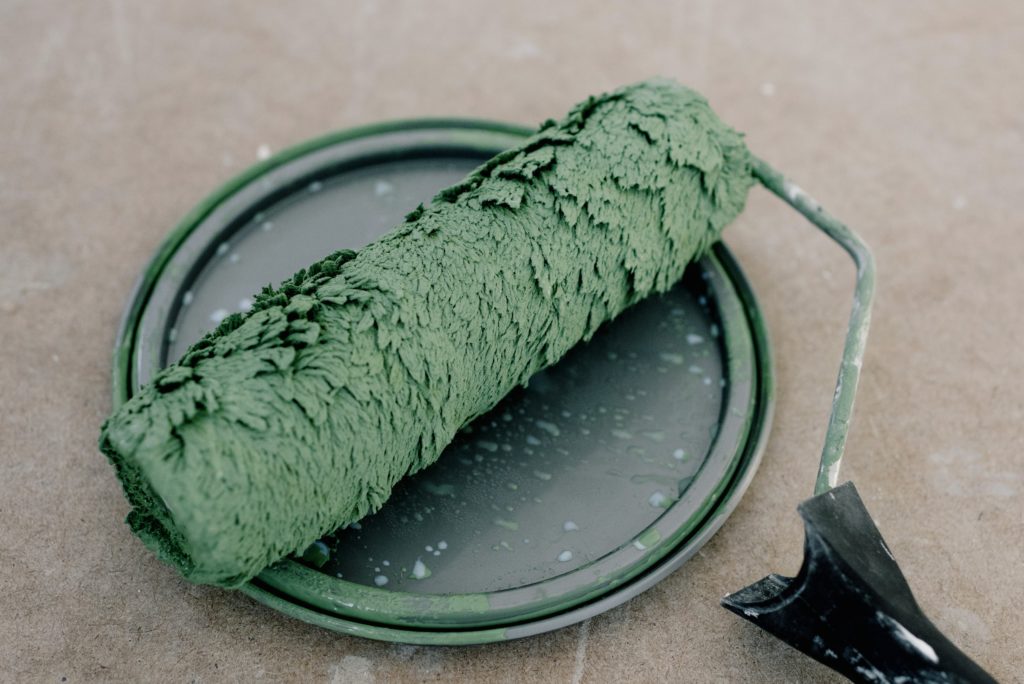The Psychology of Colour in Interior Design: Choosing the Right Hue
stories
Colour is a fundamental element in interior design that can significantly influence the mood, atmosphere, and perception of a space. When creating a harmonious and inviting environment, understanding the psychology of colour is paramount. In this blog post, we’ll delve into the intricate world of colour psychology in interior design and provide insights on choosing the right hues for your home.
The Emotional Impact of Colours:

- Warm Colours for Vibrancy:
- Red, orange, and yellow are considered warm colours.
- These hues evoke feelings of energy, enthusiasm, and warmth.
- Ideal for social spaces like living rooms and dining areas.
- Cool Colours for Tranquility:
- Blue, green, and purple are cool colours.
- These shades create a sense of calm, relaxation, and serenity.
- Perfect for bedrooms and home offices.
- Neutrals for Versatility:
- Neutral colours like white, grey, and beige provide a timeless and versatile backdrop.
- They can be used to balance out the intensity of warm or cool colours.
- Neutrals work well in any room, from kitchens to bathrooms.
Choosing the Right Colour for Each Room:

- Living Room:
- Consider warm, inviting tones like earthy reds or deep oranges for a cozy atmosphere.
- Accent with cool colours to balance the energy.
- Bedroom:
- Opt for calming and soothing colours such as soft blues, greens, or lavender.
- Create a relaxing haven for restful sleep.
- Kitchen:
- Bright and cheerful colours like sunny yellows or fresh greens can stimulate appetite and creativity.
- Use neutrals for a timeless kitchen that’s easy to accessorise.
- Bathroom:
- Spa-like blues or soothing pastels can promote relaxation in this space.
- Experiment with accent colours in towels and accessories.
- Home Office:
- Choose colours that boost productivity and concentration, such as soft greens or neutral tones.
- Incorporate energising accents for creative inspiration.
Practical Tips for Colour Selection:

- Sample Paint Colors:
- Always test paint colours on a small section of your wall before committing to a whole room.
- Natural light can affect how colours appear throughout the day.
- Consider Colour Combinations:
- Explore complementary or analogous colour schemes for a cohesive look.
- Use colour wheels and swatches to find harmonious pairings.
- Personal Preferences Matter:
- Your own emotional response to colours should also guide your choices.
- Trust your instincts and select colours that resonate with you.
In the world of interior design, the psychology of colour plays a pivotal role in creating spaces that are not only aesthetically pleasing but also emotionally fulfilling. By understanding how different colours can impact our mood and perception, you can make informed decisions when choosing the right hues for your home. Whether you want to create a vibrant social space, a tranquil retreat, or a productive work environment, the power of colour is at your fingertips. So, let your creativity flow and paint your world with the colours that resonate with you.
To see more of our news and blog posts, follow the link HERE. Additionally, if you want to keep up to date with the progress on our projects you can follow us on Instagram. We regularly post updates on our interior design projects!



